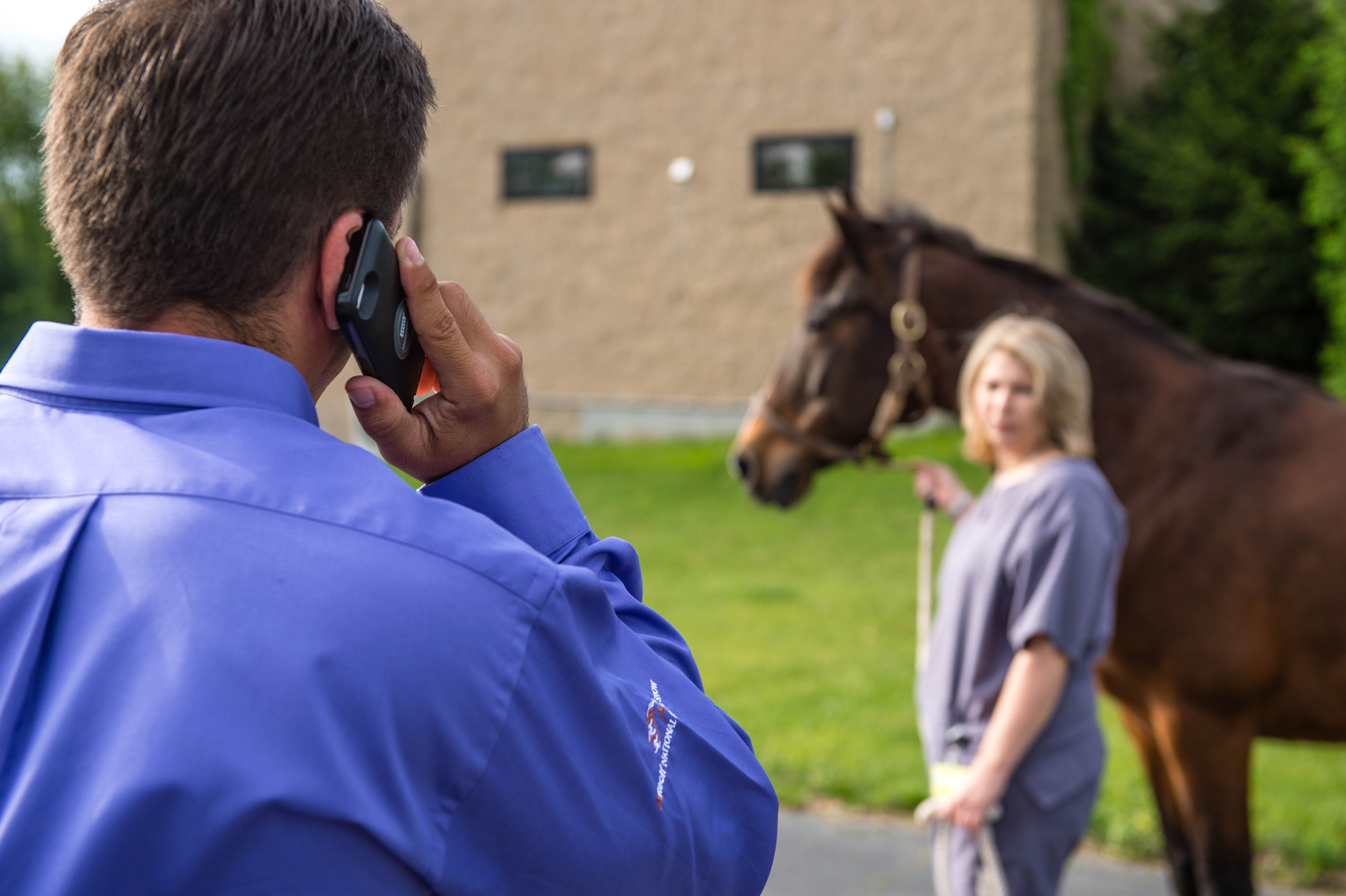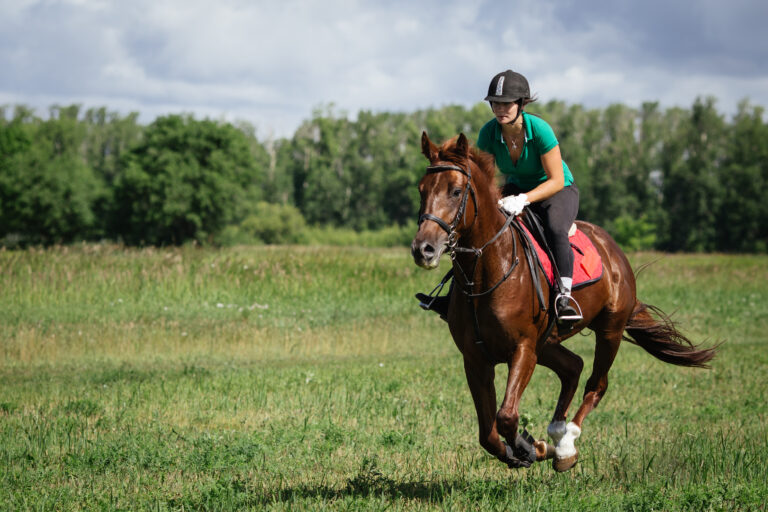 Research has demonstrated a number of direct and clear benefits to communicating well with clients, such as increased client adherence to recommendations and stronger veterinarian-client relationships.
Research has demonstrated a number of direct and clear benefits to communicating well with clients, such as increased client adherence to recommendations and stronger veterinarian-client relationships.How we communicate matters. It shapes how the world sees and responds to us. Research has shown that the way in which we communicate with clients is one of the top five criteria used when selecting a veterinarian.1
Veterinary colleges have also recognized the importance of communication, as communication training is now a mandatory part of the curriculum. Research has demonstrated a number of direct and clear benefits to communicating well with clients, such as increased client adherence to recommendations2 and stronger veterinarian-client relationships.3
Perhaps most importantly, if we don’t interact with clients in a way that leaves them confident, they received good care, the odds increase that they will not pay their invoices or will switch veterinarians.
The verdict is clear: The ability to communicate clearly and effectively with clients is essential to our success as veterinarians.
When we consider the interactions between ourselves and other professionals (e.g., veterinarians at other clinics or referral hospitals, farriers, chiropractors), the impact of “good” communication is unclear. As a result, we are reluctant to devote significant time and energy toward an uncertain outcome.
A handful of research studies and commentaries published in peer-reviewed literature have begun to shed light on relationships between referring veterinarians (rDVMs) and specialists. The results of one focus group study suggest that how rDVMs interact with specialists impacts the care patients receive.4
A separate study looking at communication between rDVMs and specialists regarding nutritional referrals found that the needs of rDVMs are different from those needs specialists believe they hold; rDVMs indicated they welcomed nutritional recommendations more than specialists perceived they would.5
Also, rDVMs and specialists indicate that different amounts of communication occurred between them (i.e., 50% of rDVMs indicate they were contacted by phone prior to receiving a case summary, while 80% of specialists indicate they contacted the rDVM by phone prior to sending a case summary).6
These studies start to build the case for the importance of communication between rDVMs and specialists, as it might impact patient care.
While there are no research studies evaluating the veterinarian-farrier relationship, commentaries7,8 espouse the same concepts as the commentaries8,9 on the rDVM-specialist relationship. In both of these relationship dyads, there is differing knowledge and skill between the parties. However, both parties desire healthy and sound horses as the outcome.
I believe it is reasonable to extrapolate from rDVM-specialist and veterinarian-farrier relationships to the more broadly termed interprofessional communication. Dr. W.A. Moyer stated that the most important component of the veterinarian-farrier relationship is that the wellbeing of the horse be the top priority. This is further backed up by research3 and guidelines10 that suggest the primary focus or common goal be the best interest of the patient.
Much of the time when we interact with another professional, it is because we need that person’s expertise or capacity to do something. We need that person’s cooperation/collaboration in order to improve the outcome of the case. This is important to keep in mind.
In fact, it’s important to discuss. It might seem obvious, because we are seeking to collaborate and work cooperatively with the other person; but this is not always the case.
By clarifying our goals in engaging with the other person, we can achieve several things. One, we provide an opportunity for mutual goal-setting—having a goal that both parties are dedicated to achieving sharply increases the likelihood that it will be achieved. Two, when we are clear that we need something the other person has, namely his or her knowledge, expertise or skill, it is complimentary. It makes the other person feel good that he or she has the ability to help. Further, communicating about why you are collaborating can serve as a reminder to ourselves that it’s okay to—and we need to—rely on others in some situations.
With the common goal of providing the patient and client with the highest quality care possible, how can professionals best accomplish this?
Medicine, both human and veterinary, has seen a paradigm shift from paternalistic or doctor-centered care, where the care provider dictates care and expects clients to fall in line, to relationship or partnership-oriented care, in which the doctor and client form a team which then works together to provide care to the patient.
I believe that a model of partnership with other professionals, whether veterinary or not, is likely to facilitate a strong and functional working relationship. When we look at what this would entail, it would involve a focus on collegiality, professionalism, respect and communication.
These words are often used, but their dictionary definitions are not descriptive or prescriptive enough to use them as a framework for interactions and behavior. The definition of collegiality leaves much to be desired, as it is generally “a friendly relationship between colleagues.”11 In my experience, a more accurate definition would be “a relationship between colleagues that is respectful, polite and cooperative.”
Professionalism is another term commonly used. However, it is poorly defined for our purposes, its meaning being “the conduct, aims or qualities that characterize or mark a profession or a professional person.”12
One veterinary medicine licensing body has described behaviors that are consistent with professionalism. They include when an individual “… engages in collaborative care with clients, colleagues and peers, and maintains appropriate and dignified boundaries in the client relationship and all professional interactions.”13 These criteria are more descriptive and create a clearer picture of the behavior that one can strive to attain.
Lastly, we often speak of respect. The definition I prefer is “a willingness to take into consideration one or another aspect of a person when one’s actions affect [that person].”14 It describes an attitude and cognitive process against which we can measure our behavior to determine whether we were respectful in a given interaction.
When we are interacting with other professionals, how can we modify our behavior and communication to increase the likelihood of a positive outcome for ourselves and the other professionals, as well as our clients and patients?
1. Mindfulness of Attitude
It’s easy to be wrapped up in our own obligations, stresses and strains each day. When our main focus is survival, it can be hard to find the time, energy and willingness to communicate openly and collaborate with colleagues.
When we enter into interactions with colleagues with an attitude of authority and expect the others to comply with our request despite minimal opportunity for conversation or negotiation, then we put ourselves in an oppositional situation from the start. On the other hand, if we purposefully engage with the others with a respectful attitude and an open mind, acknowledging that person’s skill set and experience as essential to a positive outcome for the case, then the stage is set for a successful interaction.
2. Communication
A key aspect of good communication is that it is unambiguous. The best way to accomplish this is to begin the conversation by stating the purpose of the conversation and what you are hoping the other person can provide.
The use of open-ended questions throughout the discussion is also essential. In using open-ended questions, you ensure that the other person has the opportunity to freely share his or her thoughts—and it is the most efficient way of gathering information.
The use of empathy is helpful. Empathy involves trying to stand in the shoes of the other person and recognize his or her experience, then communicating back to that person that you understand what his or her experience is. Empathy and respect go hand in hand. Respect involves a curiosity of the other’s experience; empathy takes it a step further, and that curiosity turns into an active attempt to understand the other’s experience and an echoing of it back to the other. Using empathetic communication displays respect and is a great relationship-building tool.
3. Reciprocity
By nature, humans tend to match or mirror the behaviors of others. This occurs both with the tone of the interaction and the nonverbal cues. This is relevant to our discussions because it explains how one person’s demeanor can influence that of the other party. You have likely heard a story about someone diffusing an intense exchange by responding quietly and calmly, which in turn, supported the party that was in a heightened emotional state.
We should consider the idea of reciprocity when communicating with other professionals in that our demeanor will influence our interactions with them. If we have a positive demeanor, this will reflect positively in our interactions.
4. Conflict Management
Similar to the old saying “If you have livestock, you have dead stock” is the thought that where there are relationships, there are conflicts. Dealing with conflict is difficult and uncomfortable for many people. Recognizing what your conflict style is—competing, accommodating, compromising, avoiding, collaborating—can help you learn to more effectively manage challenging situations.
Resolving conflict with the professionals with whom we need to work on an ongoing basis, while awkward and often tough, is essential to strong and effective working relationships.
Resources
1. Blach, E.L. Customer service in equine veterinary medicine. Vet Clin North Am Equine Pract 2009;25(3):421-432.
2. Kanji, N.; Coe, J.B.; Adams, C.L., et al. Effect of veterinarian-client-patient interactions on client adherence to dentistry and surgery recommendations in companion-animal practice. J Am Vet Med Assoc 2012;240(4):427-436.
3. Nogueira Borden, L.J.; Adams, C.L.; Bonnett, B.N., et al. Use of the measure of patient-centered communication to analyze euthanasia discussions in companion animal practice. J Am Vet Med Assoc 2010;237(11):1275-1287.
4. Best, C. Exploring the role of interpersonal relationships in equine veterinary practice. PhD Thesis. University of Guelph, Guelph, Ontario, Canada, 2015.
5. Towell, T.L.; Hamp, S.; Wayner, C.J. Referring veterinarians’ opinions and veterinary teaching hospital veterinarians’ perceptions of those opinions regarding communication and nutritional product recommendations. J Am Vet Med Assoc 2010;237(5):513-518.
6. Moyer, W.A. and Werner, H.W. Developing and sustaining a mutually functional relationship with farriers. American Association of Equine Practitioners Convention, 2012.
7. Martinelli, M.J. Thoughts on the veterinary/farrier relationship. Eq Vet Educ 1996;337-40.
8. Burrows, C.F. Meeting the Expectations of Referring Veterinarians. J Vet Med Educ 2008;35(1):20-25.
9. Block, G.; Ross, J. Northeast Veterinary Liaison Committee. The relationship between general practitioners and board-certified specialists in veterinary medicine. J Am Vet Med Assoc 2006;228(8):1188-1191.
10. American Association of Equine Practitioners website. Guidelines for Equine Veterinary Referral, Available at: aaep.org/info/vetcase-referral.
11. “Collegiality,” Merriam-Webster.com. Merrian-Webster, n.d., dictionary.cambridge.org/dictionary/english/collegial?q=collegiality
12. “Professionalism,” Merriam-Webster.com. Merrian-Webster, n.d., merriam-webster.com/dictionary/professionalism
13. Darwall, S.L. Two kinds of respect. Ethics 1977;36-49.
14. “Code of ethics.” College of Veterinarians of Ontario. December 2015. Go to CVO.org and search for “code of ethics”








